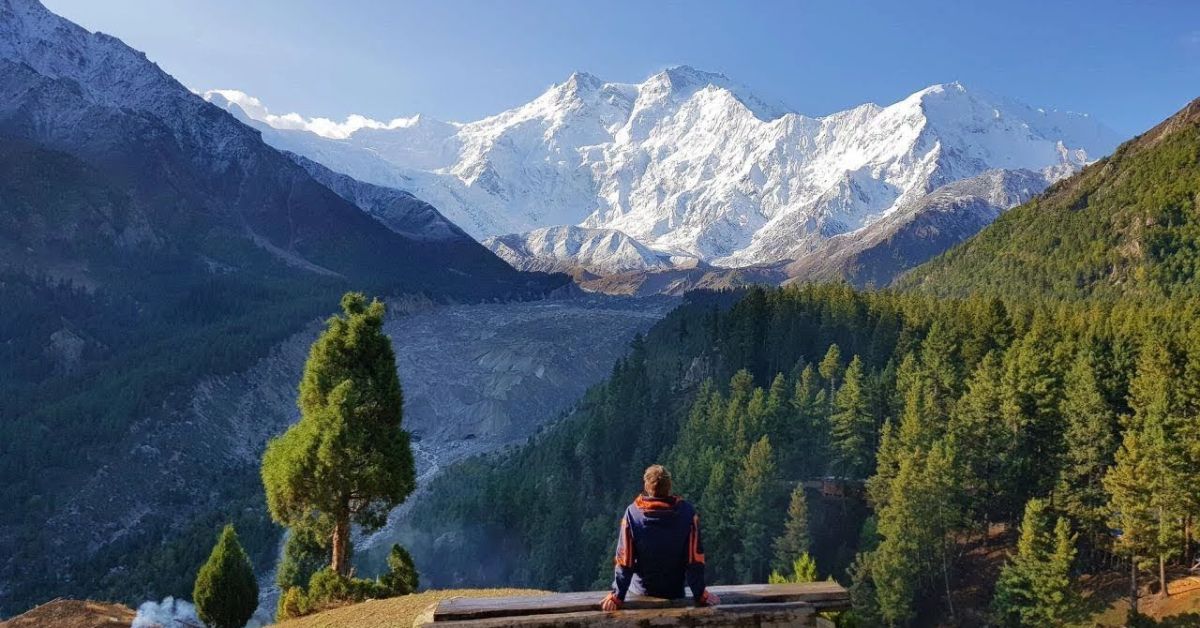
The Best Time and Places for Seasonal Wildlife Watching in Pakistan
AHAMAD
- 26
Seasonal wildlife watching in Pakistan offers nature lovers a chance to witness the country’s incredible biodiversity. From snow leopards in the mountains to migratory birds in wetlands, each season brings unique wildlife experiences. Exploring these wonders connects people to nature’s beauty.
Imagine watching flamingos gather in Sindh’s lakes or spotting ibex in the Karakoram range during winter. Pakistan’s diverse landscapes make it a perfect destination for wildlife enthusiasts. Knowing the best time and places ensures you don’t miss these magical sights.
Spring and winter are popular for bird watching, while summer is ideal for mountain wildlife. Locations like Hingol National Park, Chitral, and Lal Suhanra are rich in wildlife. Seasonal wildlife watching in Pakistan is a rewarding experience for everyone.
Discover Pakistan’s Seasonal Wildlife Wonders
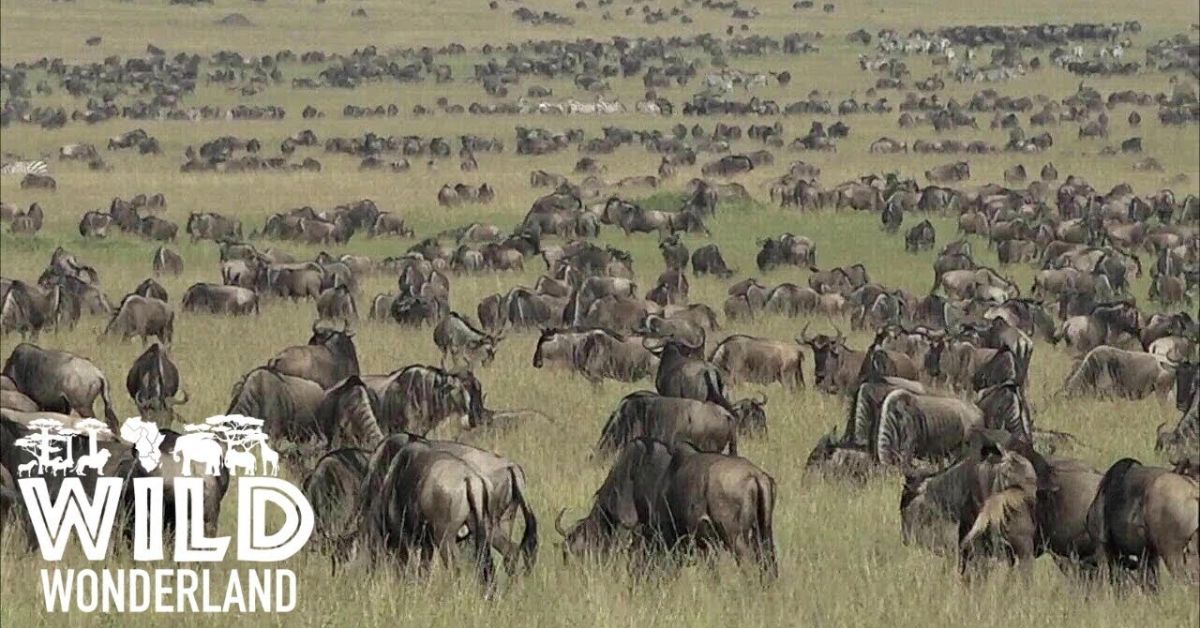
Pakistan is home to amazing wildlife that changes with the seasons. In spring, lush valleys like Swat and Kaghan welcome colorful birds and butterflies. Summer is perfect for spotting snow leopards in the northern mountains. Autumn brings golden colors to forests, while winter invites migratory birds to lakes such as Haleji and Keenjhar. Each season offers a unique chance to see animals and nature at their best.
To enjoy wildlife watching, plan your trips carefully. Visit popular spots like the Khunjerab National Park or the Cholistan Desert Reserve. Bring binoculars and a camera to capture the beauty of animals in their natural homes. Make sure to respect the environment and follow rules to protect wildlife. Pakistan’s rich biodiversity is a treasure for everyone to explore and admire. Seasonal wildlife watching is a fun way to learn about nature and enjoy the great outdoors.
READ THIS Article:Discover Multan’s Historic Charm: From Ancient Sites to Modern Wonders
Explore Pakistan’s Seasonal Wildlife Treasures
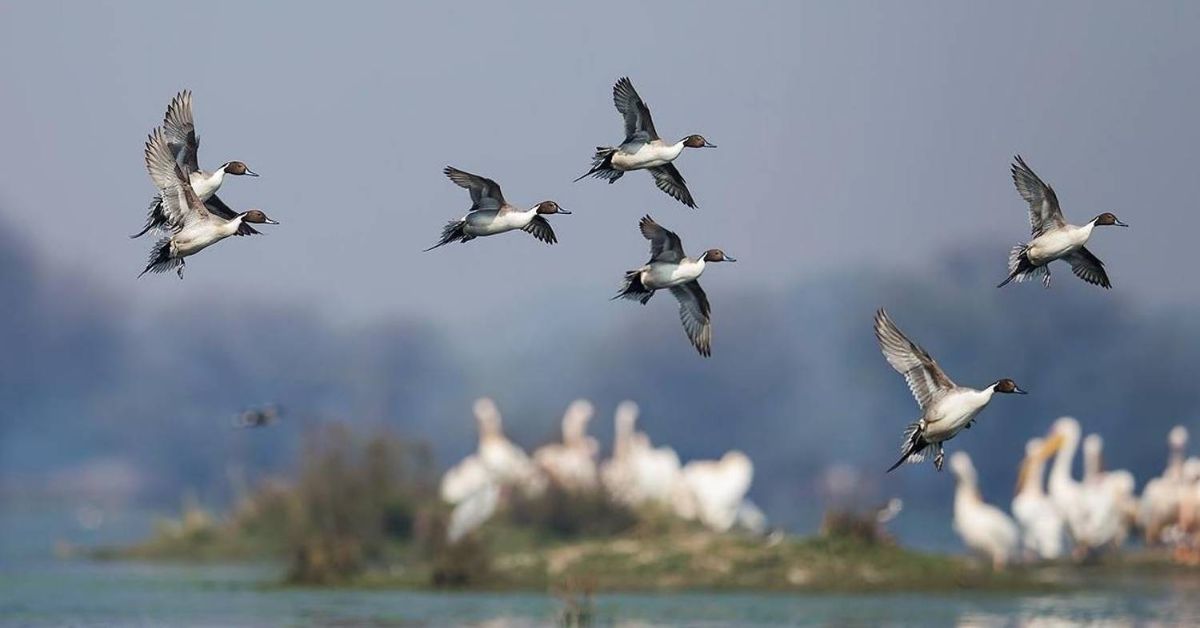
Pakistan offers incredible opportunities for seasonal wildlife watching, from the snow leopards of the Karakoram in winter to migratory birds flocking to wetlands like Haleji Lake. The northern valleys come alive in spring and summer with vibrant birds and butterflies, while the deserts showcase unique species in autumn. Visiting protected areas such as Khunjerab National Park and Lal Suhanra National Park ensures an unforgettable experience while supporting conservation efforts. Always respect nature and follow guidelines to help preserve these amazing habitats for future generations.
Top Locations for Wildlife Watching Across Pakistan
Pakistan is home to many amazing spots for wildlife watching. In the northern areas, Khunjerab National Park is famous for snow leopards and ibex. Deosai National Park, known as the “Land of Giants,” offers golden marmots and brown bears. In Sindh, Haleji Lake is perfect for bird lovers, especially in winter when migratory birds arrive. The deserts of Cholistan and That are also great for spotting unique animals like the desert fox.
Wildlife sanctuaries like Lal Suhanra National Park in Punjab provide a safe home for many species. The mangroves near Karachi are ideal for watching rare marine birds and animals. These places not only offer beautiful sights but also teach us about nature’s wonders. Remember to always respect wildlife and follow park rules to keep these habitats safe. Exploring these locations is a fun way to connect with Pakistan’s rich natural beauty.
Seasonal Wildlife in Pakistan: When and Where to Go
Pakistan is a country rich in seasonal wildlife. Winter is the best time to visit Haleji Lake in Sindh to see migratory birds like flamingos and pelicans. In spring, Deosai National Park in Gilgit-Baltistan blooms with flowers and is home to golden marmots and brown bears. Summers are ideal for exploring the lush forests of Ayubia National Park, where leopards and colorful pheasants live. Each season offers something special for wildlife lovers.
The Cholistan Desert is great in winter for spotting desert foxes and gazelles. Mangroves near Karachi can be visited all year to see marine birds and crabs. Always plan your trips according to the season and the animals you wish to see. Respecting nature and wildlife is important during these visits. Exploring Pakistan’s seasonal wildlife is both exciting and educational, allowing you to appreciate the country’s natural treasures.
The Best Time and Places for Seasonal Wildlife Watching in Pakistan
- Deosai National Park (Spring to Summer):
Located in the northern part of Pakistan, Deosai is known for its beautiful landscapes and wildlife, including brown bears and migratory birds. - Hingol National Park (Winter to Spring):
This park in Balochistan is famous for its diverse wildlife, such as the Sindh ibex, leopards, and many bird species, best visited in cooler months. - Khunjerab National Park (Summer to Autumn):
Situated in the high-altitude areas of Gilgit-Baltistan, Khunjerab offers sightings of snow leopards, Marco Polo sheep, and various bird species during the summer and autumn seasons. - Rann of Kutch (Winter):
Known for the migration of flamingos and other birds, the Rann of Kutch in Sindh offers a spectacular view of birdlife in the winter. - Kaghan Valley (Spring to Summer):
A popular destination for watching mountain wildlife like the Himalayan ibex and various birds, particularly during spring and summer.
Explore Pakistan’s Diverse Wildlife Habitats
Pakistan is home to many unique wildlife habitats. From the snowy mountains of the north to the warm deserts of the south, each region has different animals and plants. The forests in the Himalayas shelter snow leopards and Himalayan monals. The wetlands, like Haleji Lake, are full of migratory birds. Even the deserts, such as Cholistan, have desert foxes and gazelles. These habitats are very important for the survival of animals and for nature.
The mangroves near the Arabian Sea are another special habitat in Pakistan. They protect marine life and attract many birds. National parks, like Deosai and Hingol, work to keep these habitats safe. Visiting these places helps people understand the beauty of wildlife and the need to protect it. Exploring Pakistan’s wildlife habitats is a great way to learn and enjoy nature while respecting the environment.
It seems that you would like a table showing the average temperatures across different parts of Pakistan that travelers typically visit. Here’s a simple representation of the average temperatures for key travel destinations in Pakistan:
| Location | Winter (°C) | Spring (°C) | Summer (°C) | Autumn (°C) |
| Islamabad | 5 – 15 | 15 – 25 | 25 – 35 | 20 – 30 |
| Lahore | 7 – 20 | 20 – 30 | 30 – 40 | 25 – 35 |
| Karachi | 15 – 25 | 20 – 30 | 30 – 40 | 25 – 35 |
| Gilgit-Baltistan | -5 – 5 | 5 – 15 | 15 – 25 | 10 – 20 |
| Murree | -5 – 10 | 10 – 20 | 20 – 30 | 15 – 25 |
| Skardu | -10 – 5 | 5 – 15 | 15 – 25 | 10 – 20 |
| Hunza Valley | -5 – 5 | 5 – 20 | 15 – 25 | 10 – 20 |
| Swat Valley | 0 – 10 | 10 – 20 | 20 – 30 | 15 – 25 |
| Balochistan (Quetta) | 5 – 15 | 10 – 20 | 20 – 35 | 15 – 25 |
This table provides an estimate of the average temperature range for each season in popular tourist destinations across Pakistan. The temperatures can vary depending on altitude and local conditions. For example, mountainous areas like Gilgit-Baltistan and Skardu can have much colder winters and cooler summers compared to cities like Lahore and Karachi.
Best Tips for Seasonal Wildlife Watching in Pakistan
Pakistan is home to many unique wildlife habitats. From the snowy mountains of the north to the warm deserts of the south, each region has different animals and plants. The forests in the Himalayas shelter snow leopards and Himalayan monals. The wetlands, like Haleji Lake, are full of migratory birds. Even the deserts, such as Cholistan, have desert foxes and gazelles. These habitats are very important for the survival of animals and for nature.
The mangroves near the Arabian Sea are another special habitat in Pakistan. They protect marine life and attract many birds. National parks, like Deosai and Hingol, work to keep these habitats safe. Visiting these places helps people understand the beauty of wildlife and the need to protect it. Exploring Pakistan’s wildlife habitats is a great way to learn and enjoy nature while respecting the environment.
FAQs
What are the best places to see wildlife in Pakistan?
Some top locations include Deosai National Park, Hingol National Park, and Khunjerab National Park. Each offers unique wildlife experiences.
When is the best time to visit Pakistan for wildlife watching?
Spring and autumn are ideal for visiting due to milder weather and active wildlife, especially migratory birds.
What animals can be found in Pakistan’s national parks?
You can find snow leopards, Himalayan ibex, brown bears, desert foxes, and many species of birds in different parks.
Are there any guided tours for wildlife watching in Pakistan?
Yes, many eco-tourism companies offer guided wildlife tours to protected areas like Deosai and Hingol.
How can we help protect Pakistan’s wildlife habitats?
Avoid littering, respect local rules, support conservation programs, and raise awareness about protecting wildlife.
CONCLUSION:
Seasonal wildlife watching in Pakistan offers a unique opportunity to explore diverse ecosystems and observe animals in their natural habitats. With its vast geographical features, including mountains, deserts, and forests, Pakistan provides excellent spots for wildlife enthusiasts year-round. From the rich biodiversity of northern areas like Gilgit-Baltistan and Swat Valley, to the coastal areas of Karachi, each region offers distinct seasonal experiences that are perfect for travelers looking to witness wildlife in action.
The best time for wildlife watching in Pakistan depends largely on the region and the season. Visitors can enjoy different species during specific times of the year, whether it’s the migratory birds in the wetlands during winter or the lush green forests in spring. Understanding when and where to visit will ensure an unforgettable experience. Pakistan’s diverse climate and terrains offer travelers a great chance to explore its natural beauty while also learning about the wildlife and their seasonal behaviors.
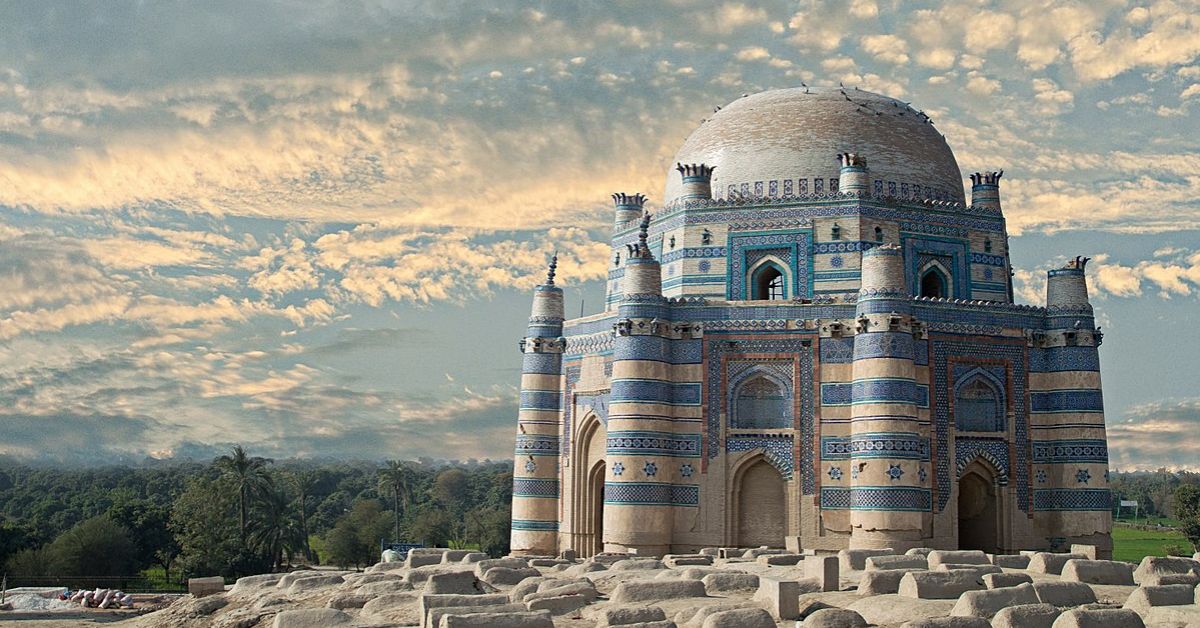
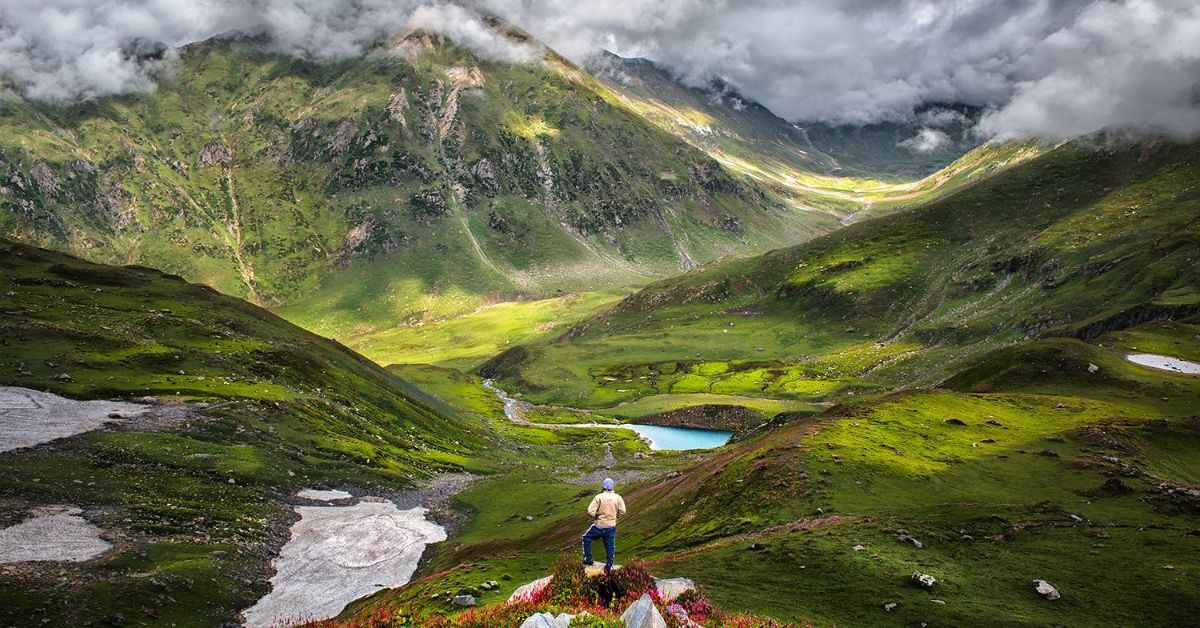
Thank you for writing this post! http://www.kayswell.com
Thank you for providing me with these article examples. May I ask you a question? http://www.goodartdesign.com
May I request that you elaborate on that? http://www.hairstylesvip.com Your posts have been extremely helpful to me. Thank you!
You’ve been great to me. Thank you! http://www.kayswell.com
Unquestionably believe that which you said. Your favorite reason seemed to be on the web the simplest thing to be aware of. I say to you, I certainly get irked while people think about worries that they just do not know about. You managed to hit the nail upon the top as well as defined out the whole thing without having side effect , people can take a signal. Will probably be back to get more. Thanks
You’ve the most impressive websites. http://www.kayswell.com
Thanks
The articles you write help me a lot and I like the topic http://www.kayswell.com
Thanks
I was curious if you ever considered changing the page layout of your website? Its very well written; I love what youve got to say. But maybe you could a little more in the way of content so people could connect with it better. Youve got an awful lot of text for only having one or two images. Maybe you could space it out better?
Thank you for writing this post. I like the subject too. http://www.hairstylesvip.com
Thank you for your help and this post. It’s been great. http://www.hairstylesvip.com
Your articles are very helpful to me. May I request more information? http://www.kayswell.com
Thanks for posting. I really enjoyed reading it, especially because it addressed my problem. http://www.kayswell.com It helped me a lot and I hope it will help others too.
Thank you for writing this post. I like the subject too. http://www.kayswell.com
You helped me a lot with this post. http://www.kayswell.com I love the subject and I hope you continue to write excellent articles like this.
I’d like to find out more? I’d love to find out more details. http://www.kayswell.com
I want to thank you for your assistance and this post. It’s been great. http://www.kayswell.com
May I have information on the topic of your article? http://www.kayswell.com
Thank you for being of assistance to me. I really loved this article. http://www.kayswell.com
I really appreciate your help http://www.kayswell.com
Thank you for sharing this article with me. It helped me a lot and I love it. http://www.kayswell.com
My spouse and i felt really cheerful Jordan could round up his investigations using the ideas he obtained in your site. It’s not at all simplistic just to find yourself releasing techniques that many most people may have been selling. So we fully grasp we need you to be grateful to for that. Those explanations you’ve made, the simple site menu, the friendships you help instill – it is everything terrific, and it’s really assisting our son and our family understand that subject is excellent, and that is incredibly important. Many thanks for everything!
Thanks for posting. I really enjoyed reading it, especially because it addressed my problem. http://www.kayswell.com It helped me a lot and I hope it will help others too.
May I request more information on the subject? http://www.ifashionstyles.com All of your articles are extremely useful to me. Thank you!
May I have information on the topic of your article? http://www.ifashionstyles.com